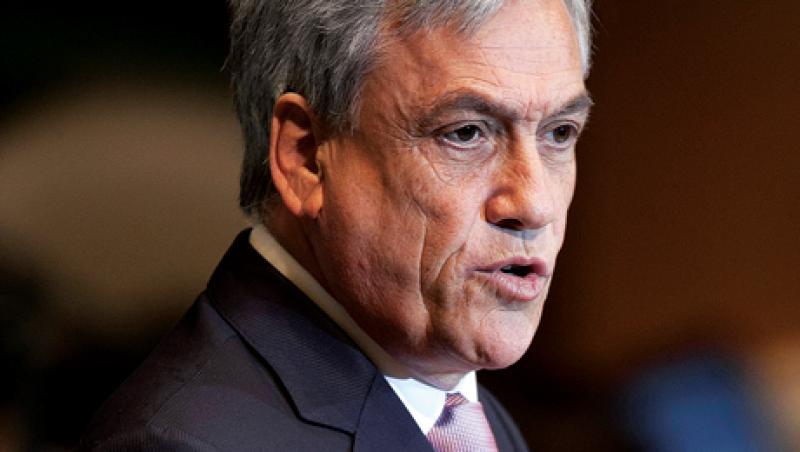
Chile’s Paradox of Prosperity
The country’s economy is thriving, but rising expectations and gaping inequalities sap the popularity of President Sebastián Piñera’s conservative government.
Jonathan Kandell
March 6, 2013


